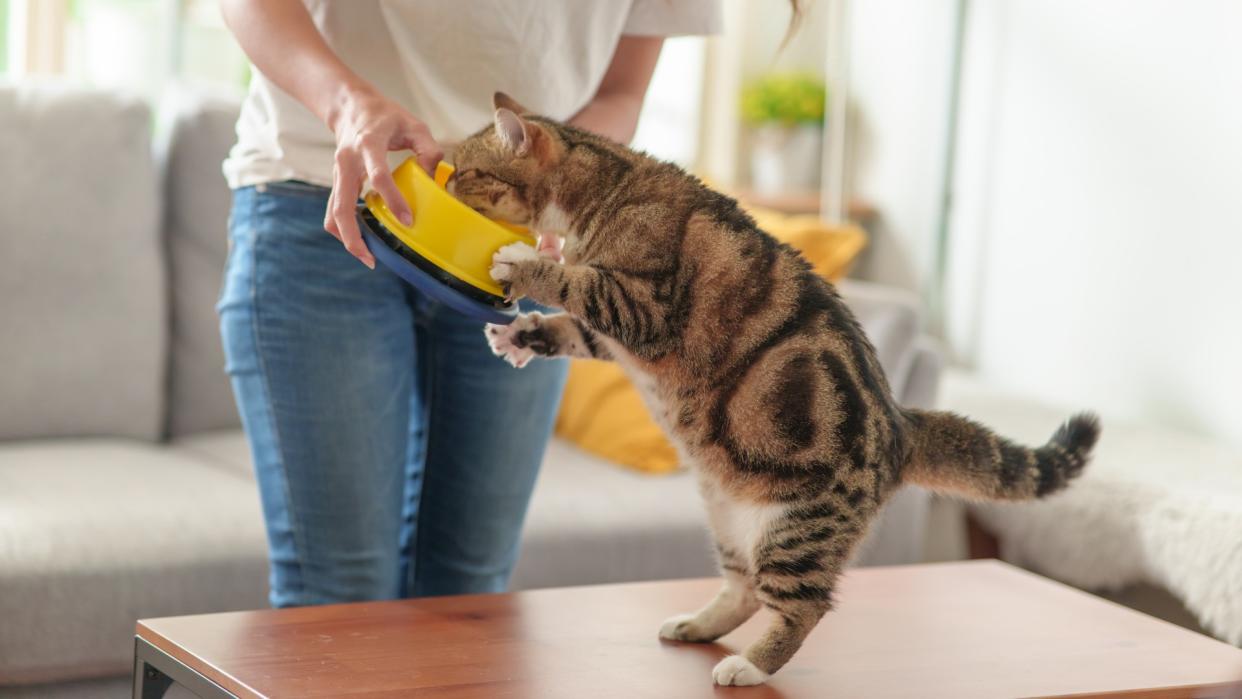Cat psychologist shares five feline nutrition tips, and they'll help your cat stay happy and healthy

What do you feed your cat?
The answer to this question can vary from cat parent to cat parent – but we all want the best cat food for our furry friends, and we all want them to be as healthy as possible.
However, sometimes even the most well-meaning cat parent might not be aware of what’s best to feed their feline.
Which is where certified cat behavior psychologist Saba Sayyed, who goes by the name A Cat Psychologist, comes in.
Sayyed has consulted a vet and a cat nutritionist to help her create an Instagram post with five things you need to know about feline nutrition.
Here's what she had to say...
A post shared by Saba | Certified Cat Behaviour Psychologist 😻🇦🇺🦘 (@a_cat_psychologist)
A photo posted by on
First up, Sayyed advises against feeding your cat meat like lamb and beef, from larger animals.
“A cat’s digestive system is equipped to digest meat from animals who are smaller than them,” she explains. These include birds like turkeys, chickens, and ducks, as well as small game animals like rabbits and guinea pigs.
Secondly, a cat in the wild would eat the whole animal – so not just the muscle meat humans tend to eat, but also the fat, skin, and organs. If you’re feeding your kitty raw food, you should aim for a balance of around 80% muscle meat, 10% bones, and 10% offal. What are the benefits of raw cat food? You can find out here.
Thirdly, try to feed your cat a variety of different meats, too, from different brands. “Feeding them only one food/brand can lead to several health issues, as well as deficiencies in the long term,” Sayyed says – though, of course, this doesn’t apply if your cat has allergies or needs a special diet.
And as for her fourth tip? It’s worth making sure that the brand of cat food you use is free from things like preservatives, coloring agents, rice, corn, and soy, and that it has essential amino acids like taurine and thiamine. Remember that cats are carnivores and need a lot of meat and protein – things like grains and corn aren’t necessary.
Sayyed finishes, “One ideal scenario is to feed your cats wet food 2-3 times a day and less than a handful of dry food/treats per day.” Can cats eat dog treats, as well as treats specifically aimed at cats? Provided that there aren’t any warnings on the packaging, your feline will likely be able to share a couple with your pup every so often.
If you’d like to know more about how to give your cat the most from their food, here are five ways to improve your cat’s diet. It’s not difficult to do so, but your kitty will certainly reap the rewards!

